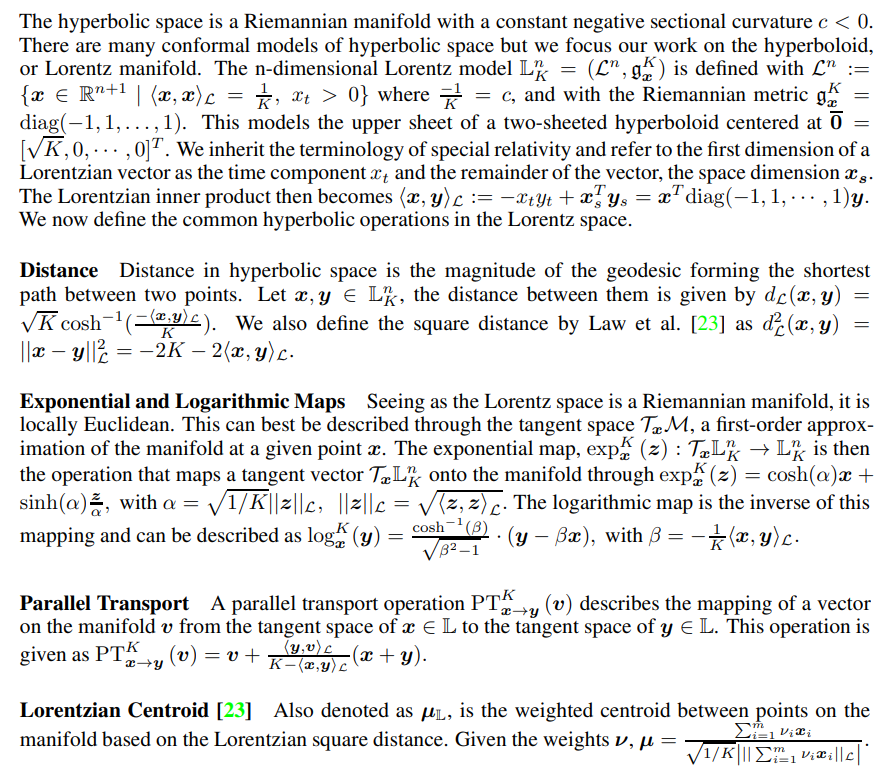The use of stablecoins surged in Argentina over the weekend
Stablecoin use skyrocketed in Argentina over the weekend as citizens concerned about the election results swapped hoards of pesos for U.S. dollar-backed stablecoins. Facundo Werning, the former Tether expansion manager for Argentina, noted the volume across the USD stablecoin to Argentine peso trading pair reached $13.4 million on Sunday.
Argentine finance professional Santiago Vivanco reportedly claimed that he did not know anyone who had carried large amounts of Argentine pesos into the election. He added that he expected the peso to crash if Unión por la Patria had won, emphasizing that the party’s left-wing economic policies would not favor the peso. The chance that Unión por la Patria would win the most seats peaked at 55% on Polymarket.
President Donald Trump had equally warned that the U.S. would not waste time helping Argentina if Milei lost. As such, Argentines rushed to buy USD stablecoins to avoid a potential peso crash.
Werning also observed that markets are reacting favorably to Milei’s make-or-break victory, with the peso looking stronger on Monday than it did at its close on Friday. He explained how the crypto dollar rose dramatically over the weekend, then plummeted against the peso as results came in on Sunday.
Lemon attracts its third-highest single-day volume
South American crypto app Lemon announced on October 27 that it had attracted its third-highest single-day volume. It also noted that at 9 PM local time, when the results were announced, stablecoins recorded the highest volume ever.
A Lemon spokesperson claimed that this trend made the crypto dollar more than a hedging asset. It became a real-time thermometer of Argentina’s political and economic pulse when traditional markets closed for the day.
The Lemon spokesperson mentioned that the crypto dollar’s valuation fluctuated as expectations shifted, votes were counted, and results became apparent. Argentines rushed to swap pesos for stablecoins and vice versa to maximize their gains from the volatile peso.
Lemon dashboard data revealed that the peso hit a low exchange rate of 1,572.50 ARS per crypto dollar on Sunday at approximately 2 PM local time. The rate changed quickly as the results became clearer, hitting a high of 1,350 ARS per crypto dollar at 10 AM local time on Monday. The Lemon spokesperson noted that this signals optimistic market sentiment.
Vivanco breaks down Argentina’s multiple exchange rates
Finance professional Santiago Vivanco claimed that Argentina’s exchange rates are not straightforward. He noted that multiple rates depend on where the transaction takes place.
Vivanco explained that banks offer an “official rate,” but citizens are subject to a monthly withdrawal limit of $200. The unofficial “blue dollar” rate, which offers a more favorable exchange rate, is available at street exchanges. Finally, the crypto dollar rate, which is determined by the balance of supply and demand through stablecoins, is available at street exchanges.
The finance professional further clarified that the main difference between these three rates is that the crypto dollar never stops operating; however, the official bank rates and unofficial street exchange rates close shop during off-hours. He notes that the crypto dollar remains the best way to track peso prices, as was the case over the weekend.
Vivanco also mentioned that the Argentine peso is notoriously unstable, noting that it hit a record low of 1,491.50 pesos per U.S. dollar on Friday despite President Trump’s $40 billion bailout package. However, some citizens believe the peso would have crashed even harder if the right-wing LLA (Libertad Avanza) party had not secured the most seats.
If you're reading this, you’re already ahead. Stay there with our newsletter.
You May Also Like

China Blocks Nvidia’s RTX Pro 6000D as Local Chips Rise

Let’s Stop Feeding Into the AI Hype
